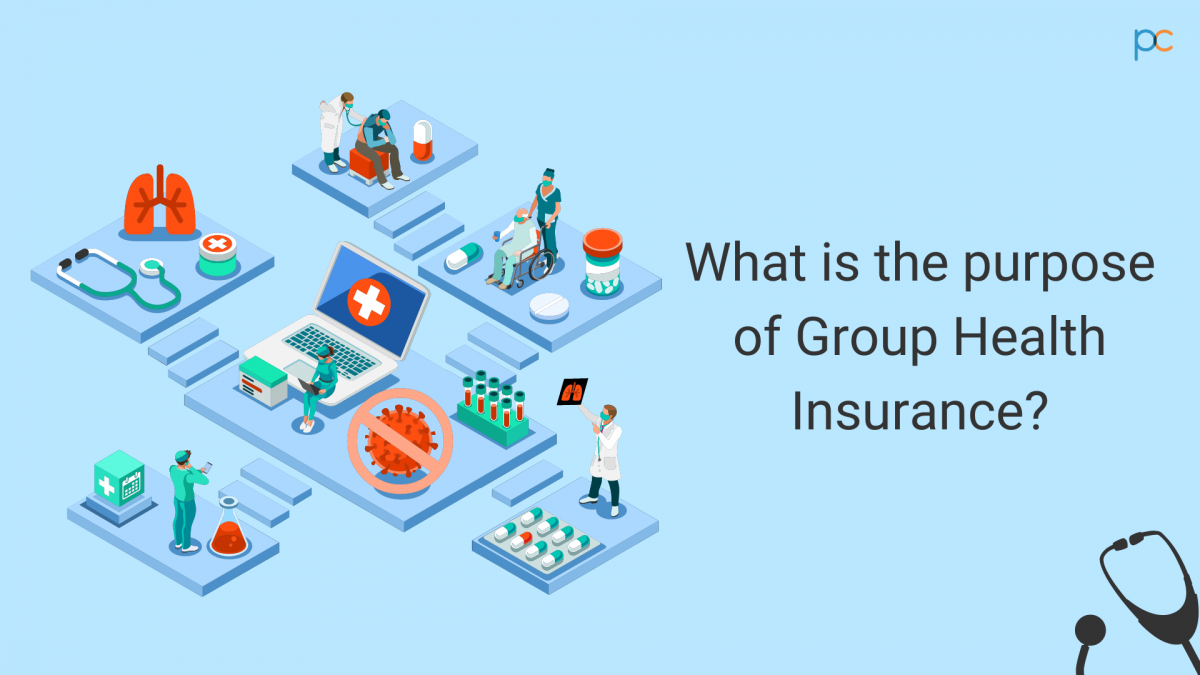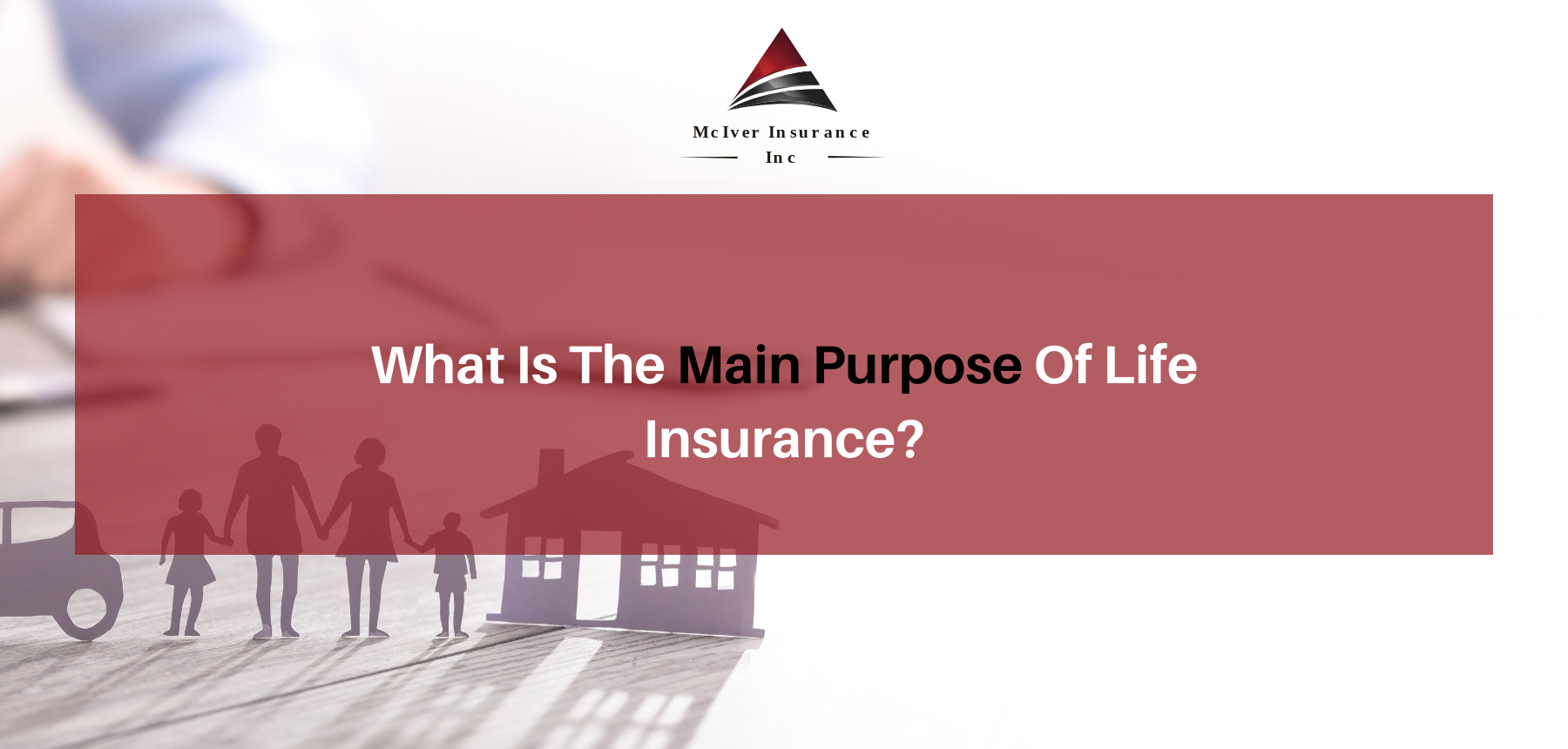Pacific Prime Things To Know Before You Get This
Table of ContentsFascination About Pacific PrimeAn Unbiased View of Pacific PrimePacific Prime Fundamentals ExplainedLittle Known Questions About Pacific Prime.The Single Strategy To Use For Pacific Prime

This is since the data were gathered for a duration of solid economic efficiency. Of the estimated 42 million individuals who were uninsured, almost concerning 420,000 (about 1 percent) were under 65 years old, the age at which most Americans become qualified for Medicare; 32 million were adults in between ages 18 and 65, around 19 percent of all grownups in this age team; and 10 million were kids under 18 years old, about 13.9 percent of all kids (Mills, 2000).
These quotes of the number of persons uninsured are generated from the yearly March Supplement to the Present Populace Survey (CPS), conducted by the Demographics Bureau. Unless otherwise noted, nationwide quotes of individuals without health and wellness insurance policy and percentages of the population with different sort of insurance coverage are based upon the CPS, one of the most extensively utilized resource of price quotes of insurance protection and uninsurance prices.
Pacific Prime - Questions

Still, the CPS is especially beneficial due to the fact that it generates yearly quotes relatively promptly, reporting the previous year's insurance coverage estimates each September, and since it is the basis for a regular collection of price quotes for greater than 20 years, enabling analysis of fads in coverage in time. For these reasons, in addition to the extensive usage of the CPS in various other research studies of insurance coverage that are provided in this record, we rely upon CPS estimates, with restrictions kept in mind.

The quote of the variety of without insurance individuals broadens when a population's insurance coverage condition is tracked for numerous years. Over a three-year duration beginning early in 1993, 72 million individuals, 29 percent of the united state population, lacked insurance coverage for at the very least one month. Within a single year (1994 ), 53 million people experienced at the very least a month without coverage (Bennefield, 1998a)
6 out of every ten uninsured grownups are themselves utilized. Working does enhance the probability that one and one's family participants will certainly have insurance, it is not a guarantee. Even participants of households with two full-time breadwinner have almost a one-in-ten opportunity of being without insurance (9.1 percent without insurance rate) (Hoffman and Pohl, 2000).
The Greatest Guide To Pacific Prime
New immigrants make up a considerable percentage of individuals without health and wellness insurance coverage. One analysis has connected a significant part of the current growth in the size of the united state without insurance population to immigrants that arrived in the country in between 1994 and 1998 (Camarota and Edwards, 2000). Current immigrants (those that came to the USA within the previous 4 years) do have a high rate of being uninsured (46 percent), yet they and their children account for just 6 percent visit homepage of those without insurance policy across the country (Holahan et al., 2001).
The relationship between wellness insurance coverage and accessibility to care is well developed, as documented later in this chapter. Although the connection in between medical insurance and health results is neither direct nor straightforward, a substantial professional and wellness solutions study literature links medical insurance coverage to improved access to care, much better high quality, and enhanced individual and population health and wellness condition.
Levels of analysis for examining the effects of uninsurance. This conversation of wellness insurance policy coverage concentrates largely on the U.S. population under age 65 due to the fact that basically all Americans 65 and older have Medicare or other public protection. Furthermore, it focuses specifically on those with no medical insurance for any kind of size of time.
The Only Guide for Pacific Prime
The troubles encountered by the underinsured are in some aspects comparable to those faced by the uninsured, although they are usually much less serious. Health and wellness insurance, nonetheless, is neither required nor sufficient to get accessibility to medical solutions. The independent and straight effect of wellness insurance policy coverage on accessibility to health and wellness services is well developed.
Others will certainly acquire the healthcare they require even without health and wellness insurance policy, by spending for it out of pocket or seeking it from service providers who supply care free or at very subsidized rates. For still others, medical insurance alone does not guarantee invoice of treatment due to various other nonfinancial obstacles, such as a lack of healthcare service providers in their neighborhood, minimal access to transportation, illiteracy, or etymological and cultural differences.
Not known Facts About Pacific Prime
Official research study concerning without insurance populaces in the USA dates to the late 1920s and very early 1930s when the Board on the Expense of Medical Care created a series of records about financing doctor office check outs and hospital stays. This problem ended up being prominent as the numbers of medically indigent climbed up during the Great Clinical depression.